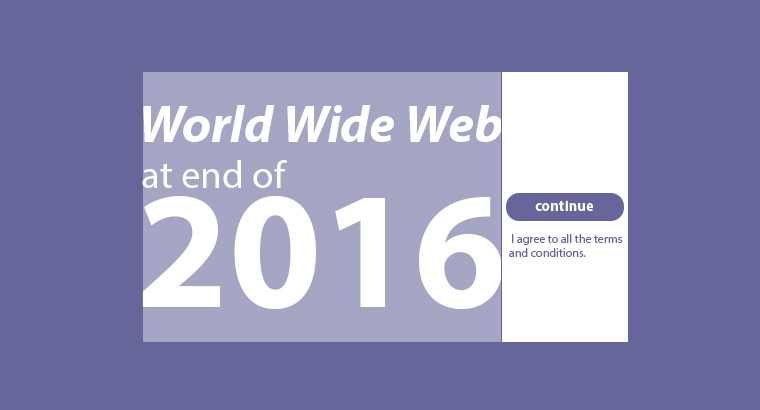A blog can be an inexpensive, powerful, and effective marketing tool for any ecommerce website, if you update it often and share your posts. But it’s not enough to slap together some content and link to it on your Facebook page. For an ecommerce blog to be truly effective, everything on your blog – from design to content – should focus on sales potential.
Relevant Content
Anyone who blogs will tell you: regular updates are key to building an audience. Once you’ve finished building your ecommerce website, it isn’t enough to post once every few weeks or months. For best results, you should have an editorial calendar and a posting schedule. Where possible, content should also be timely and relevant; don’t be afraid to chime in on trends or conversations happening on social media, especially if you find an opportunity to establish authority or offer a solution to an existing problem.
Calls to Action
While your blog posts should probably focus on entertaining, educating, or providing some sort of utility for your readers, you shouldn’t be afraid to include a call to action at the end. This doesn’t necessarily have to take the form of a sales pitch — it can be an offer of a free download, an opportunity to sign up for the mailing list, or some other sort of perk that will start building a relationship between you and the customer. A link to your webstore can’t hurt, if it’s relevant to the content. Never miss an opportunity to engage the reader and keep them coming back.
High-Quality Design
Content is king, but that doesn’t mean you should ignore design. If your blog is the voice of your ecommerce website, the design elements should work to entice the reader. Implement bold, high-quality images, thematically consistent icons, and coherent navigation. Put as much care into your blog posts as you do your product pages, and customers will notice.
Shareability
What’s the only marketing tool more cost-effective than a blog post? Customers sharing your blog post! One of the main reasons a blog should focus on focus on utility or entertainment is shareability — the more people share a post, the more traffic. That means more SEO impact, more potential customers, and more leads. With some ingenuity and work, that useful infographic, funny video, or useful listicle could still be making you money months or years down the road.
Interactivity
Opinion will probably always be divided on the usefulness of the comments section. Some blogs and websites thrive on lively discussion in the comments; other blogs eschew them as a time-consuming nuisance. But a comments section is just another way for customers to get in touch, ask questions, or otherwise engage with your company. If you don’t have one, consider implementing a comments service like Disqus and opening up a venue for readers and customers to engage.
Mobility
It’s 2016, and this should be self-evident by now: your blog must be mobile-friendly. More and more users are browsing and shopping on their mobile devices, and a mobile-friendly design is a must, especially if it involves form fields or other interactive elements. If you haven’t yet addressed this aspect of your blog, it’s time for an overhaul.
As with ecommerce itself, a blog is not a static solution you implement once and then leave alone forever – it requires testing, refinement, and experimentation to stay fresh and relevant. Take the time to make your ecommerce blog truly memorable, and your business will reap the rewards.



